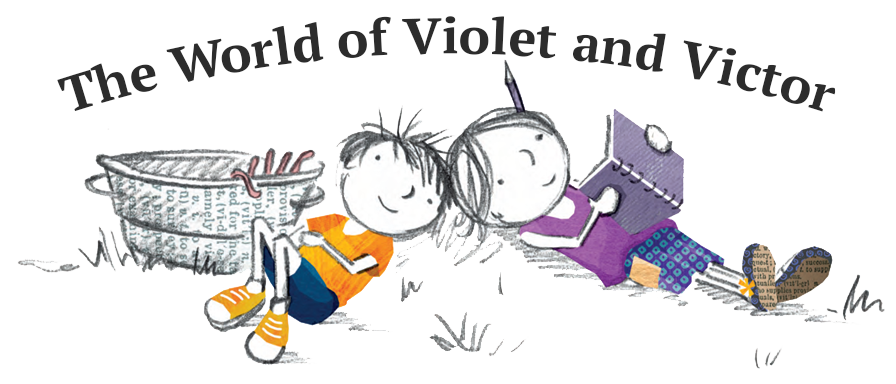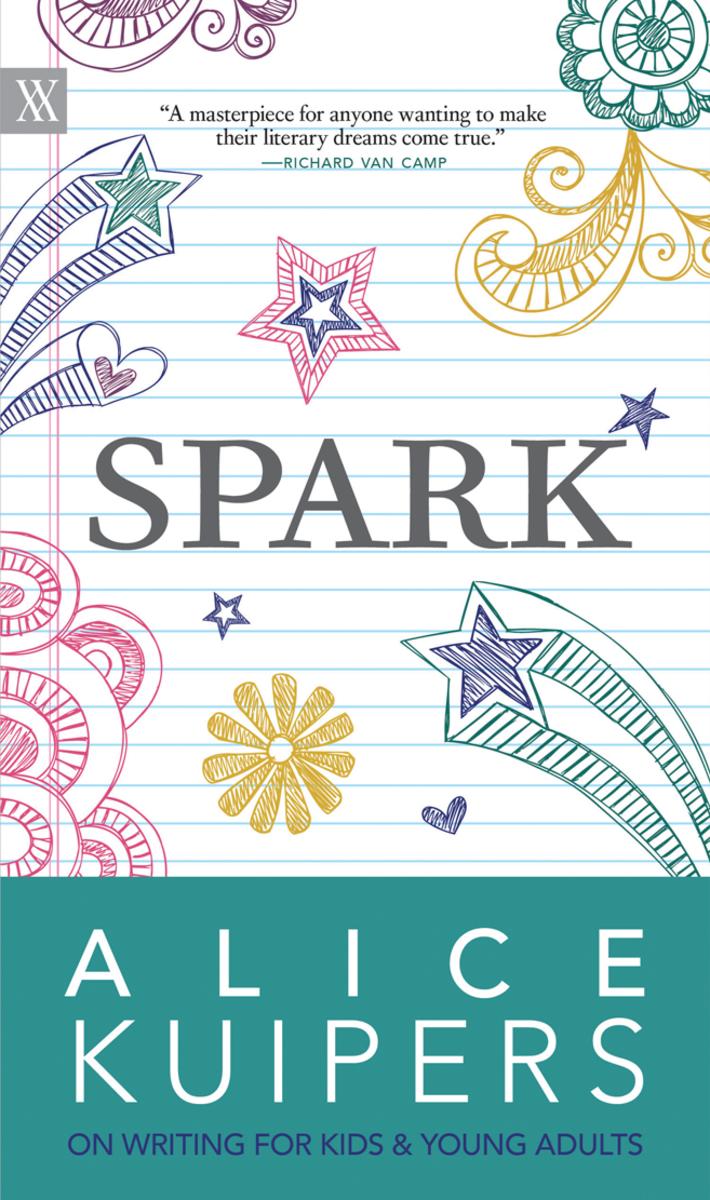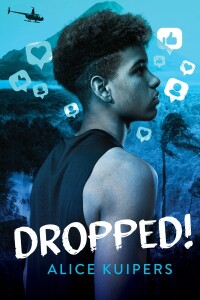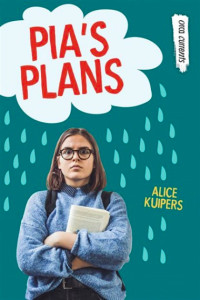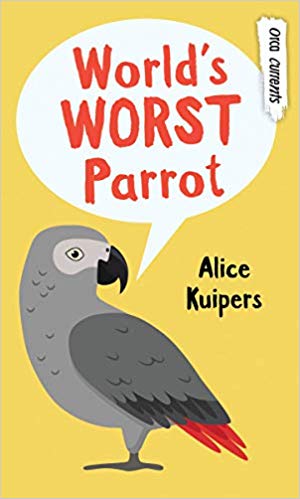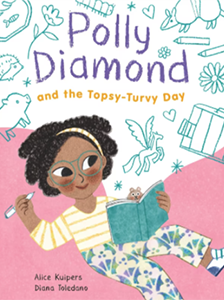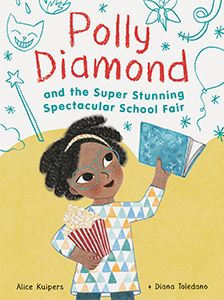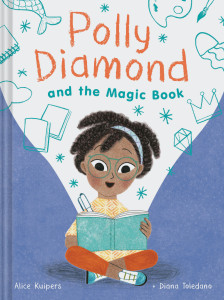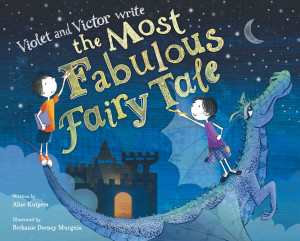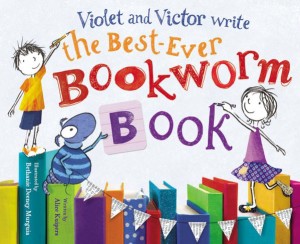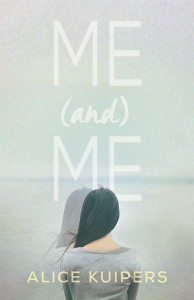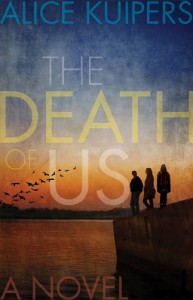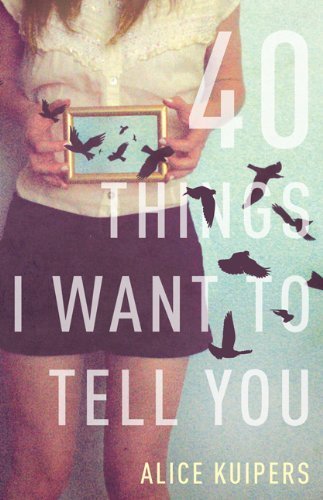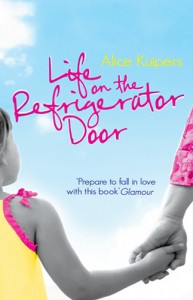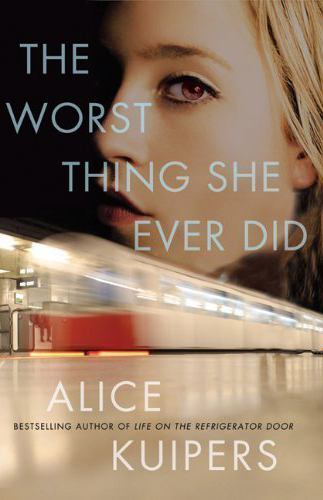Remember dialogue isn’t random but reflects your characters’ emotional lives….Anger, fear, lust or loneliness bubbling beneath the surface is more interesting than full-throttle emotional outbursts. Jewell Parker Rhodes.
When writing dialogue, think about not only what your characters say to each other but what they don’t say. These slips and hesitations, lies and unfinished sentences, missteps and unspoken longings are what give your characters depth and resonance. In real life, we don’t always say what’s on our minds. Notice when you bite your own tongue, and think too about the things you wish you could say to those you love.
Keeping this in mind, consider when you write dialogue whether there’s enough tension to make it worth the space it takes on the page. Look at this example.
“I’m going out, Mom.”
“Okay, love.”
“Do you need anything from the store?”
“Eggs. Hang on, let me see. I think that’s it.”
“See you soon.”
“Thanks. Love you.”
“Love you too.”
Okay, so, there’s a small amount of narrative movement because one of the two characters is leaving the room to go to the store, but there’s nothing really happening.
Look at the same scene again.
“I’m going out, Mom.”
“Don’t you even-“
“What? Now I can’t go get eggs? We’ve run out. I’m trying to be helpful.”
“Grounded means grounded.”
“You think after last night I’m going to listen to you?”
“If you open that door-“
“You can’t stop me. I’m sixteen.”
“Stop pretending this isn’t your fault, Emma.”
Here the two characters are in opposition. One is still about to leave the room to go and get eggs, but there are hints to the hidden back story (what happened last night? what is she hiding? what is her mom accusing her of?) and huge tension with each added line of dialogue as they fight and block each other from getting what they want.
Ask yourself: What do your characters want and how are they being prevented from getting it? What are your characters hiding?
Now look at the quotation I started with this week. Anger, fear, lust or loneliness bubbling beneath the surface is more interesting than full-throttle emotional outbursts.
In our second version of the conversation, there were full-throttle emotional outbursts. What if we changed that? See this version:
“Where are you going, Emma?”
I didn’t answer. What was the point?
“Grounded means grounded.”
I opened the front door. Paused. After what I’d heard last night, I couldn’t even look at her.
She said quietly, “Stop pretending this isn’t your fault.”
Those words played over in my head as I slammed the door.
You might prefer the second version. I prefer the third. Even though Emma doesn’t speak, her actions say volumes. What is not said is as important as what is said.
This week’s writing prompt:
This week, we’re looking at the lies and secrets characters hide from each other. Write a scene mainly in dialogue between two characters. One has a secret and the other has discovered it. Write up to 300 words.

